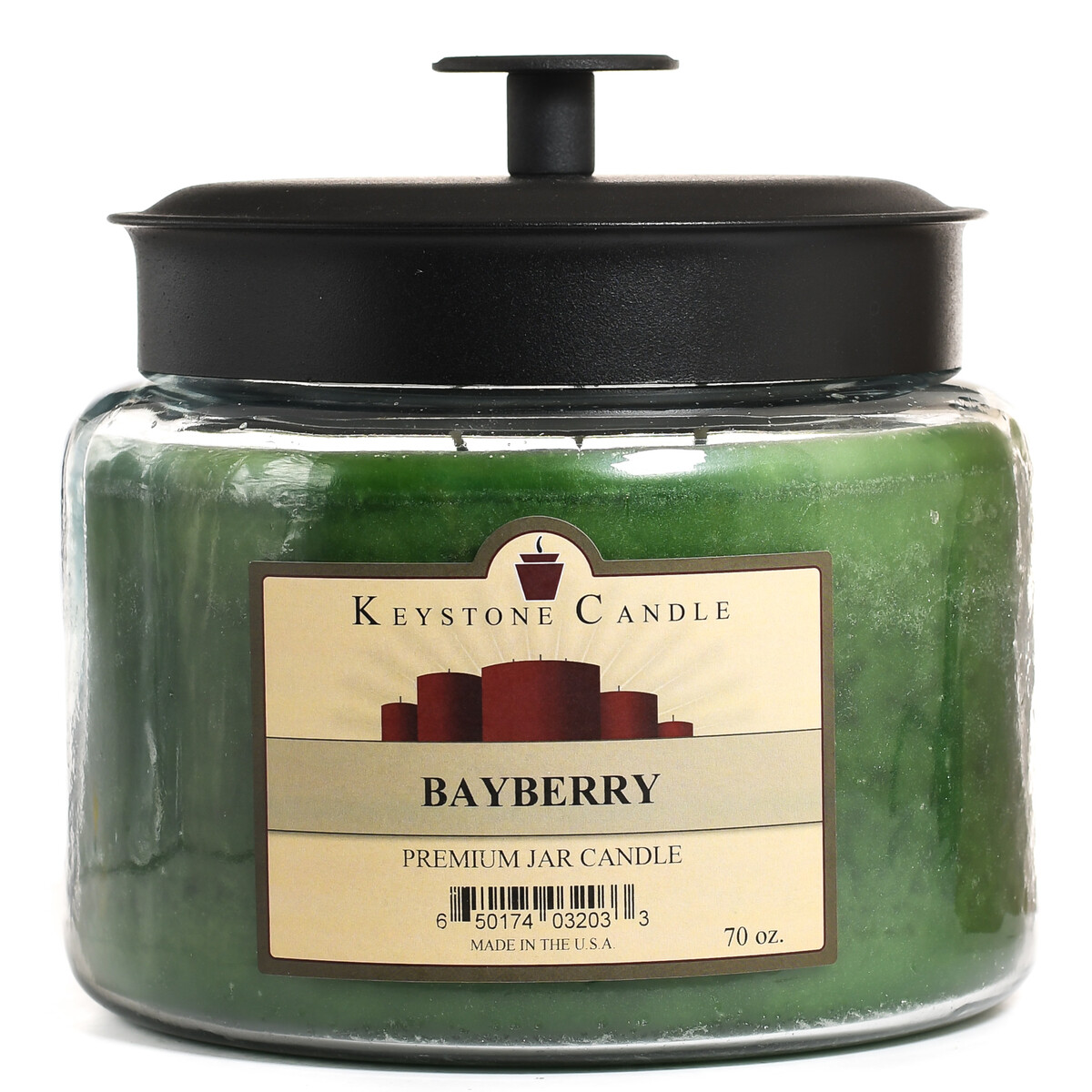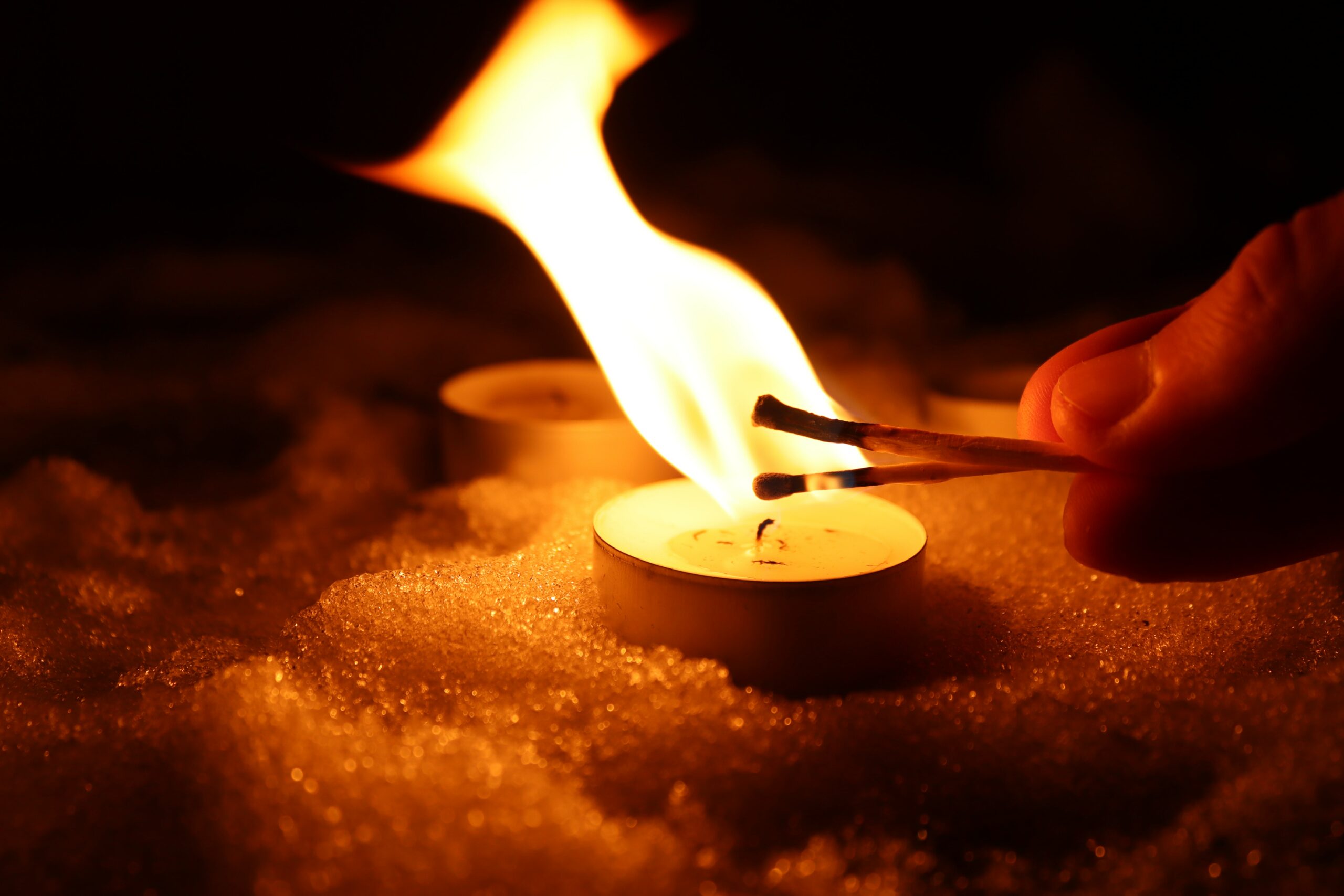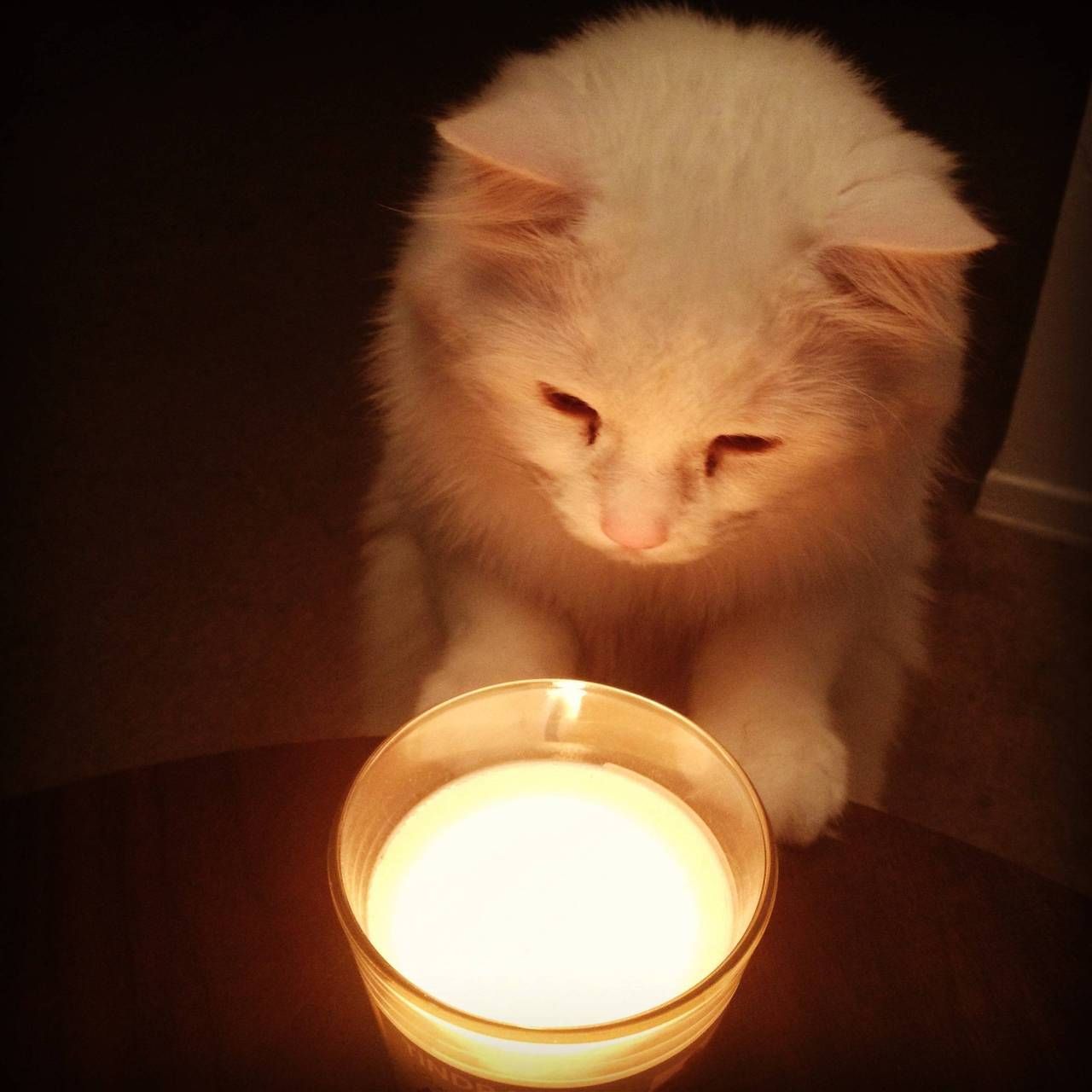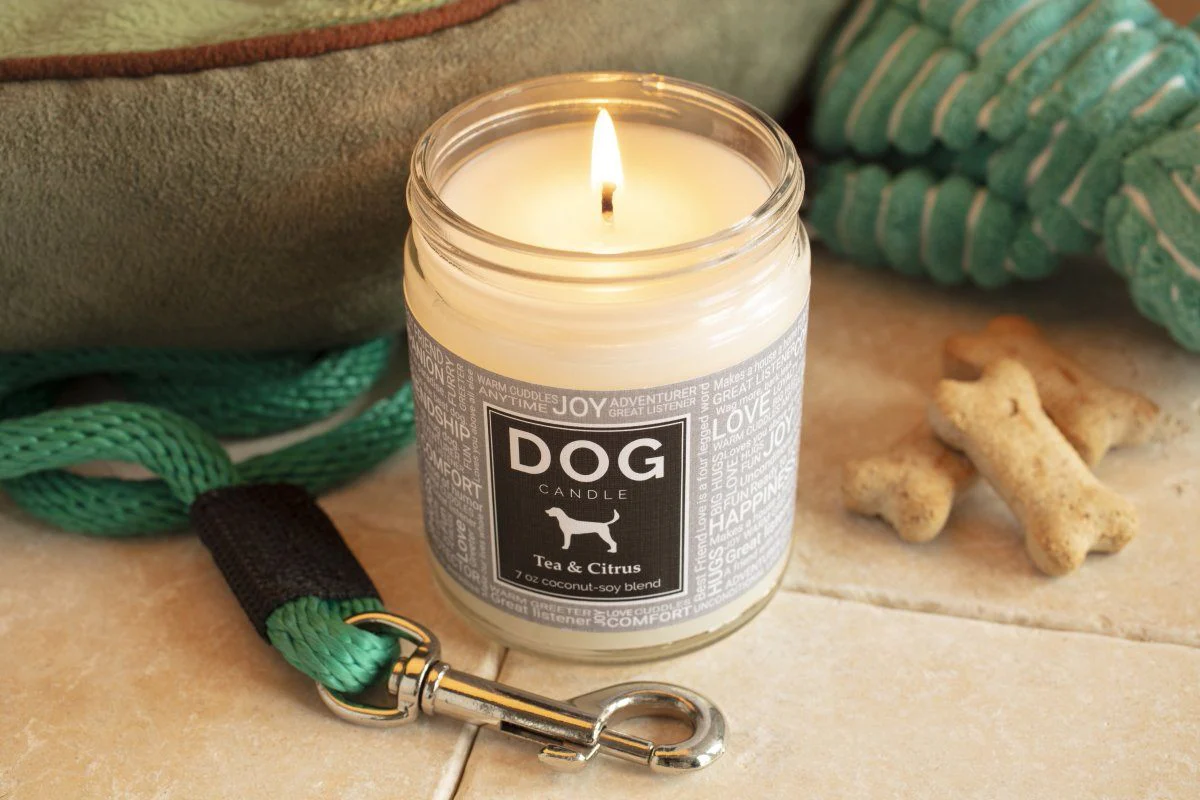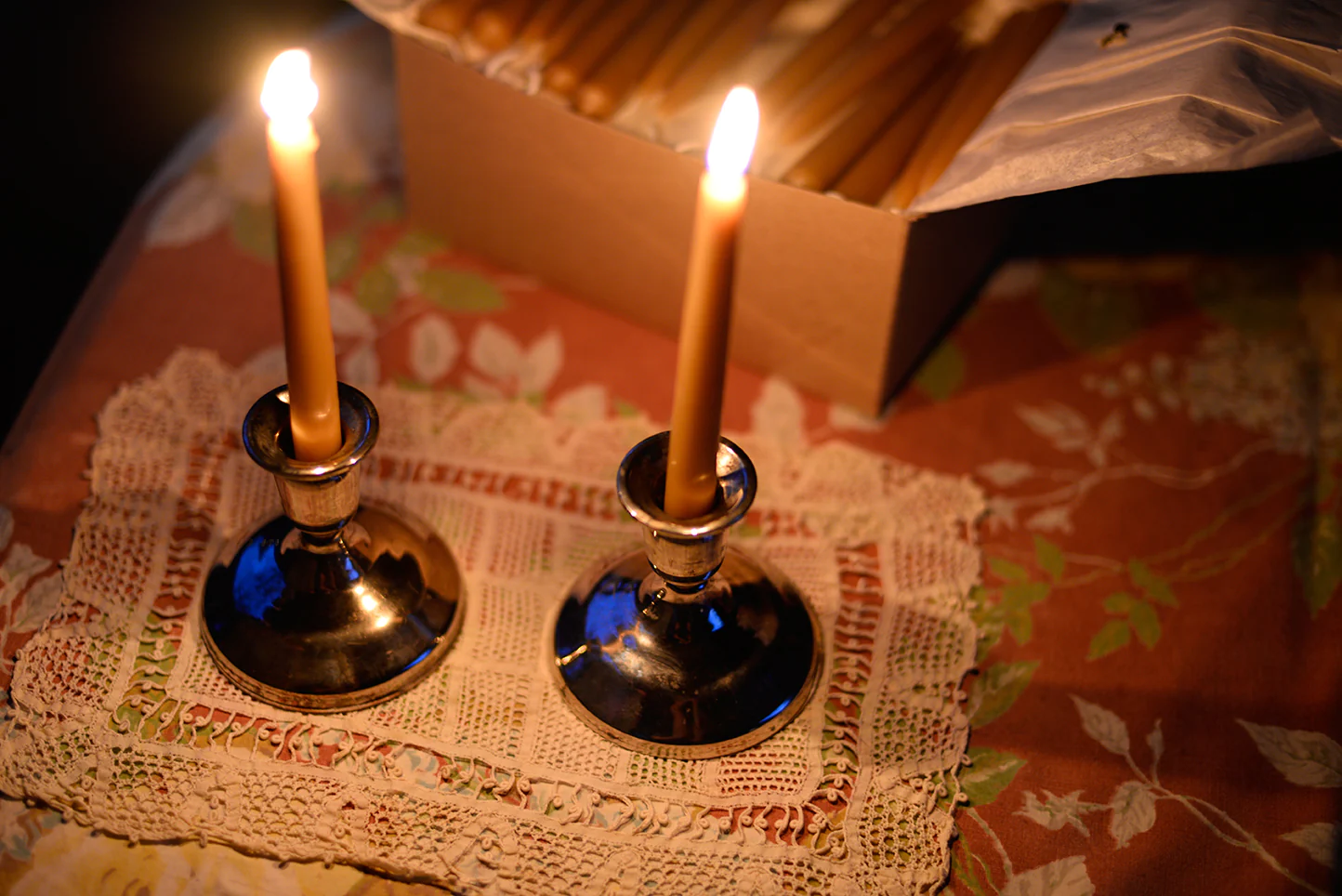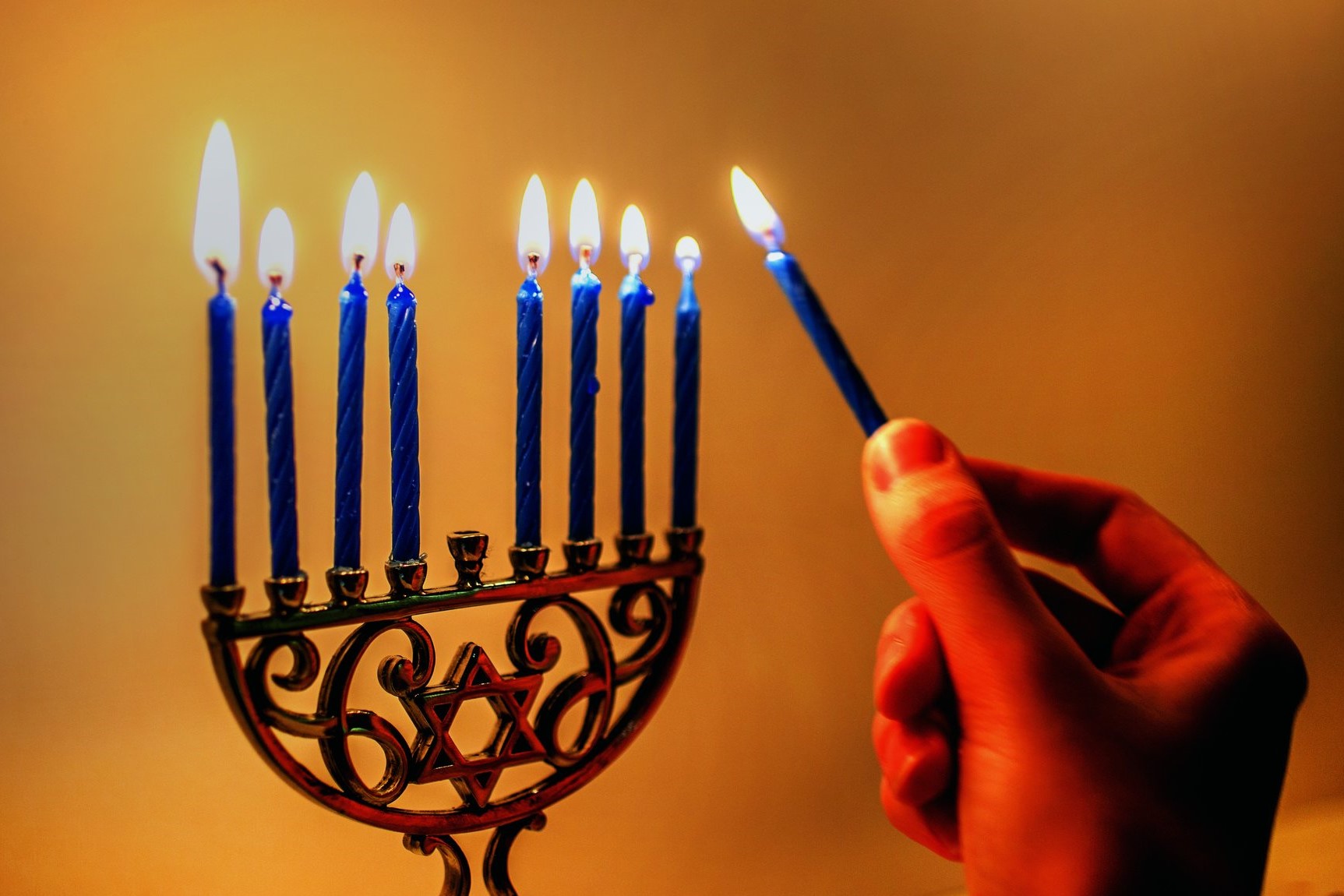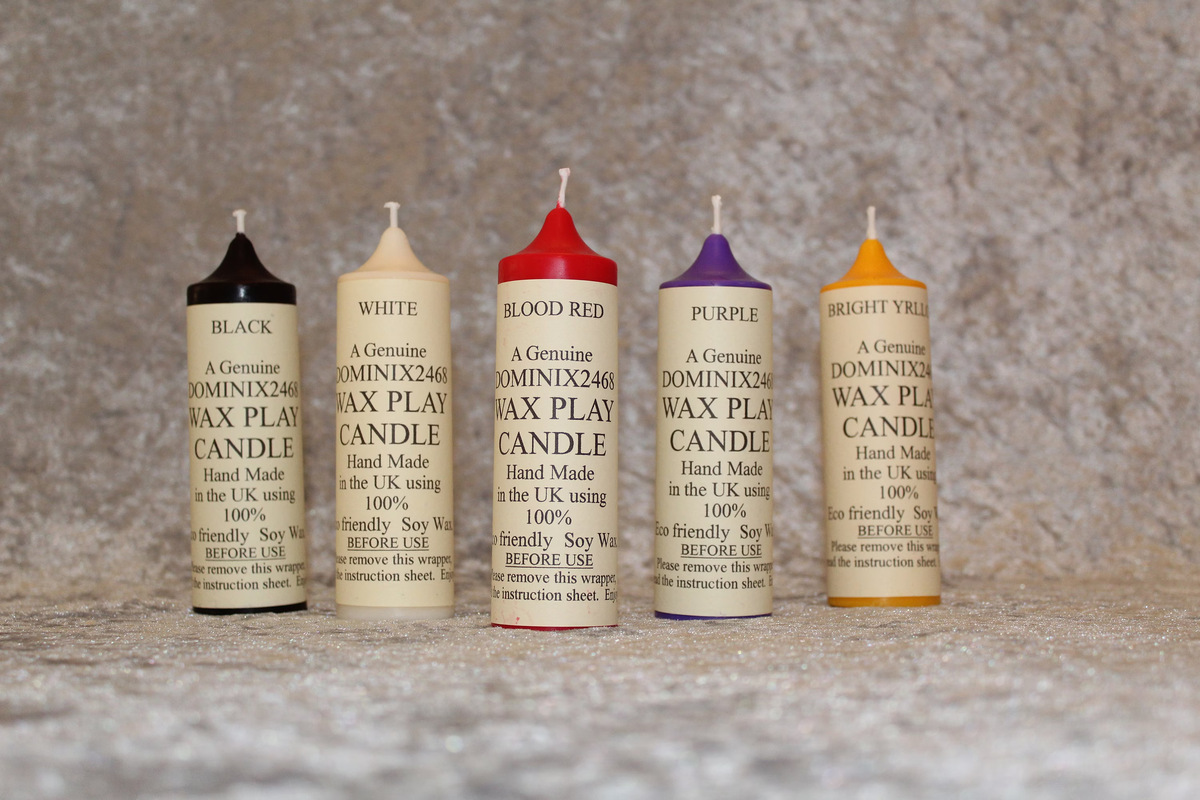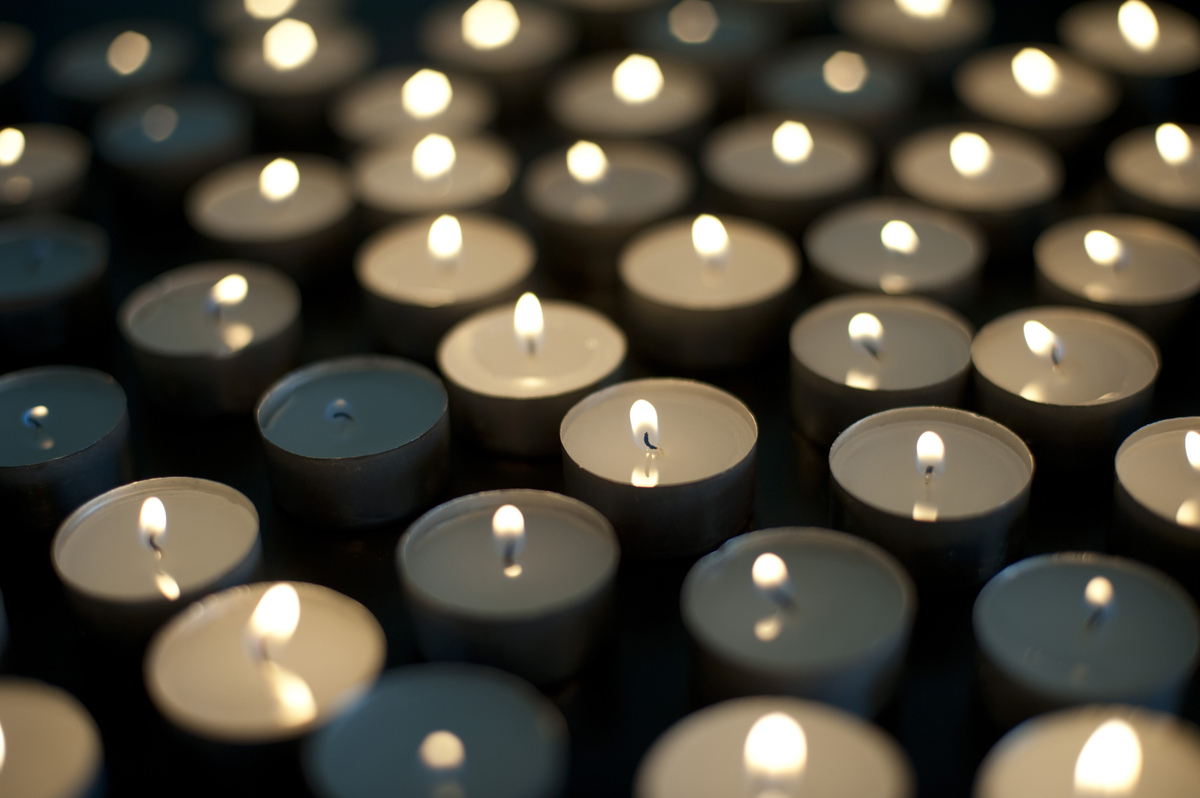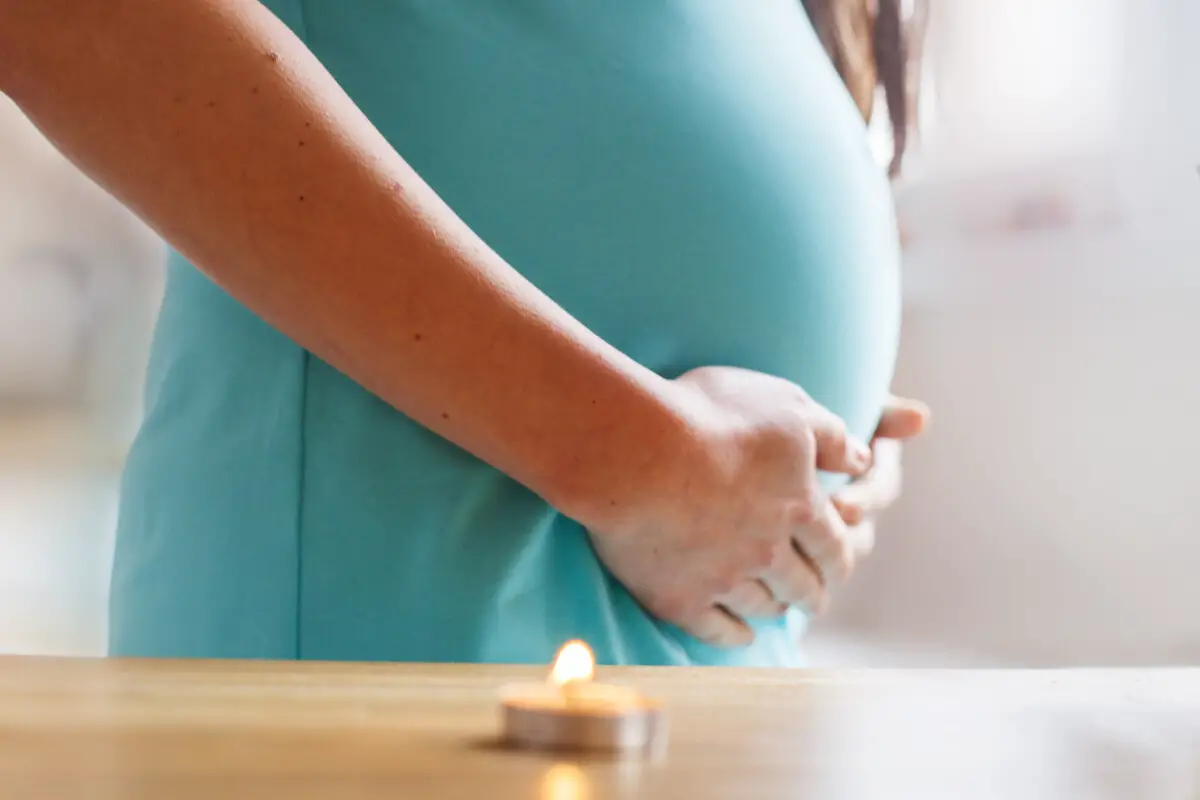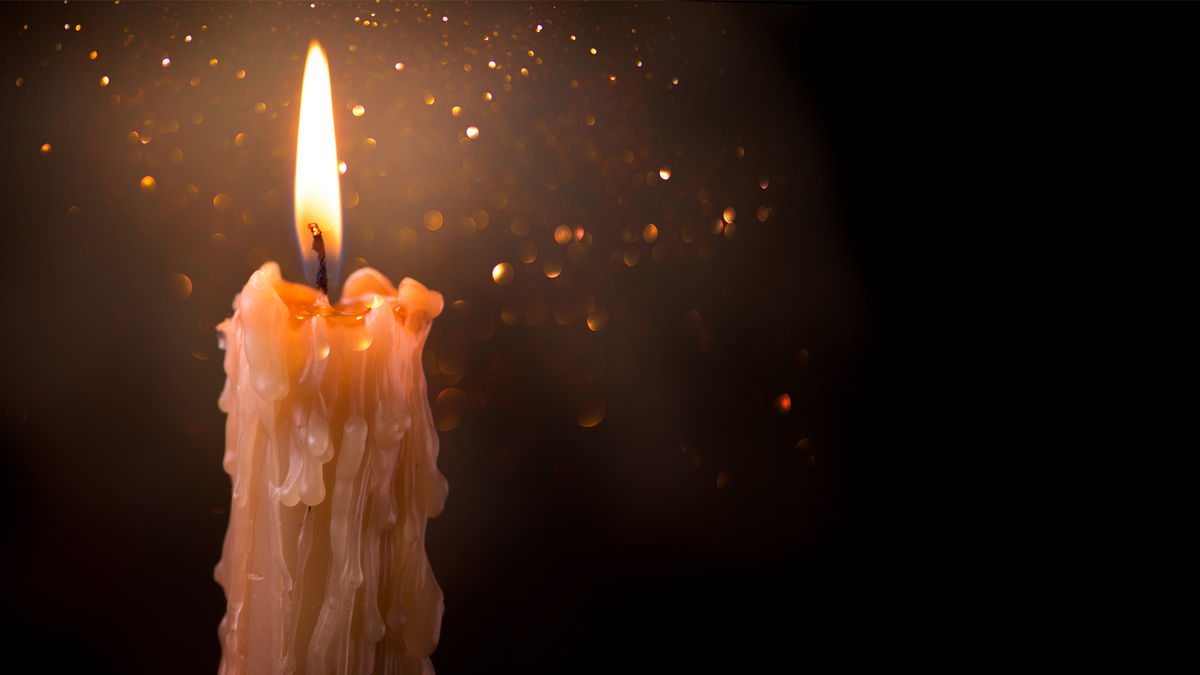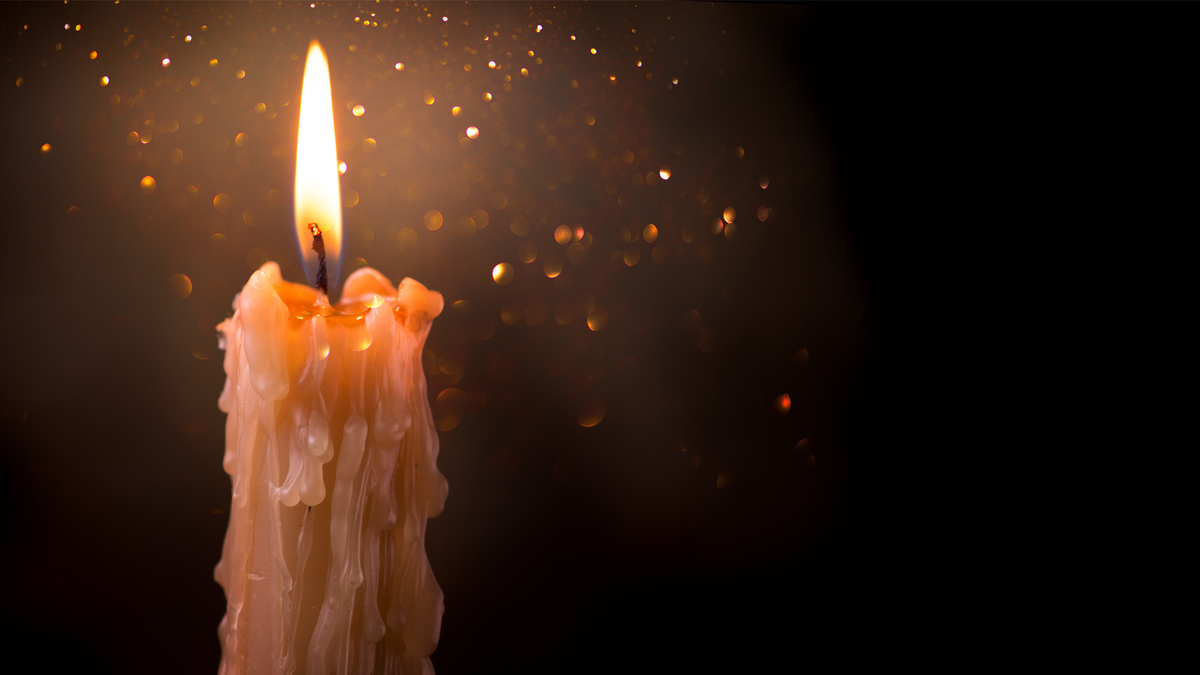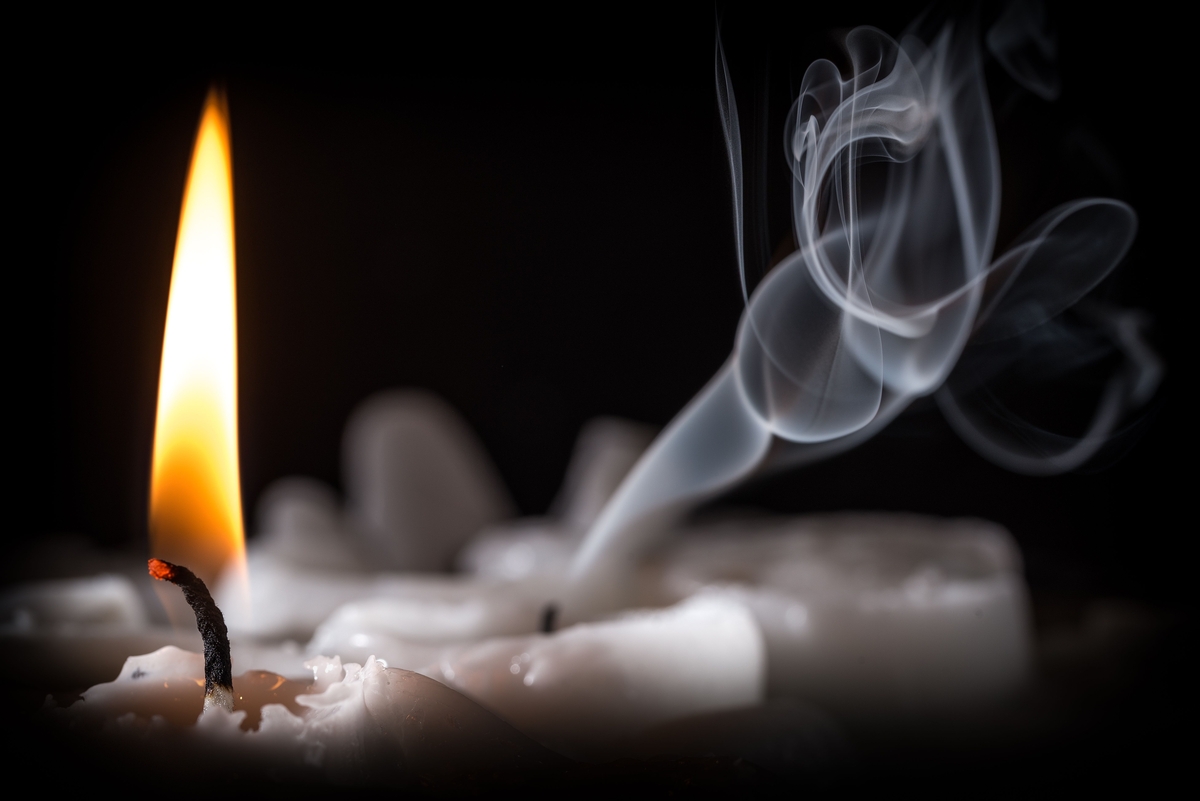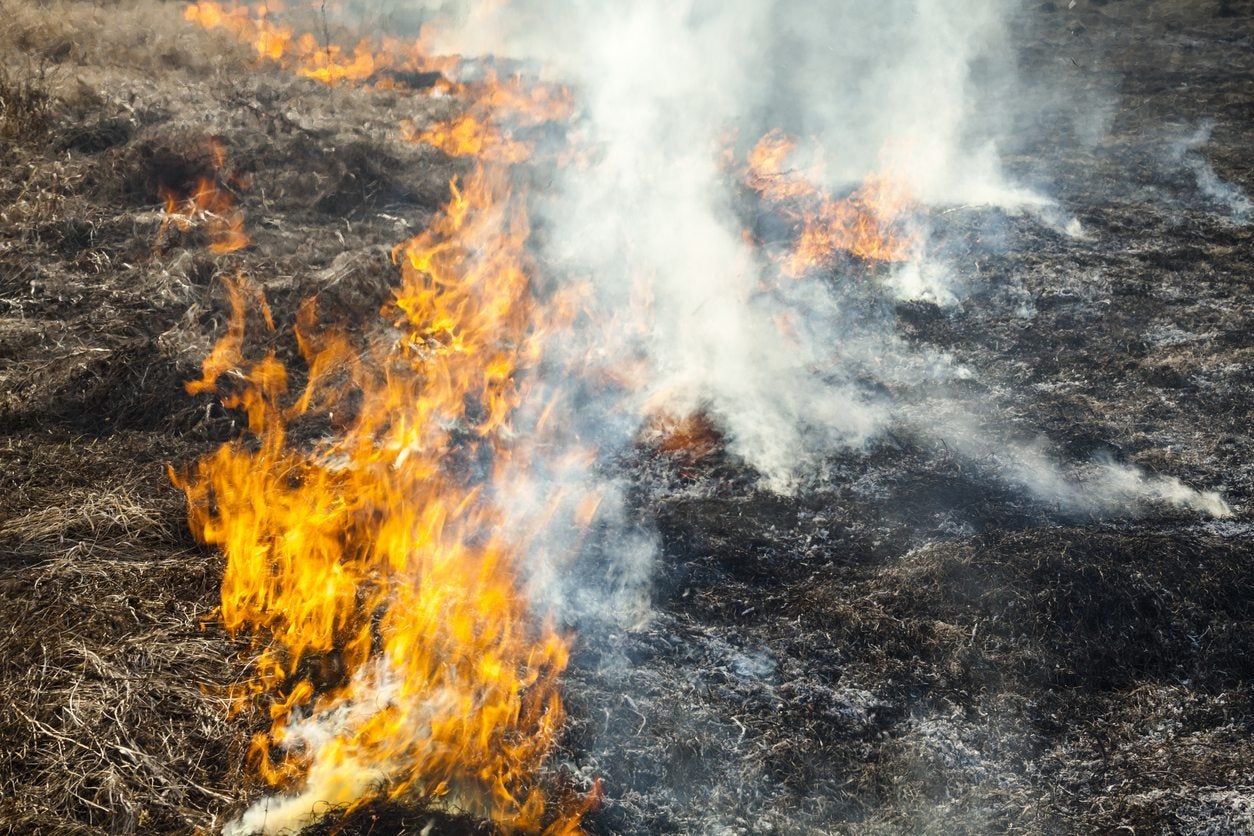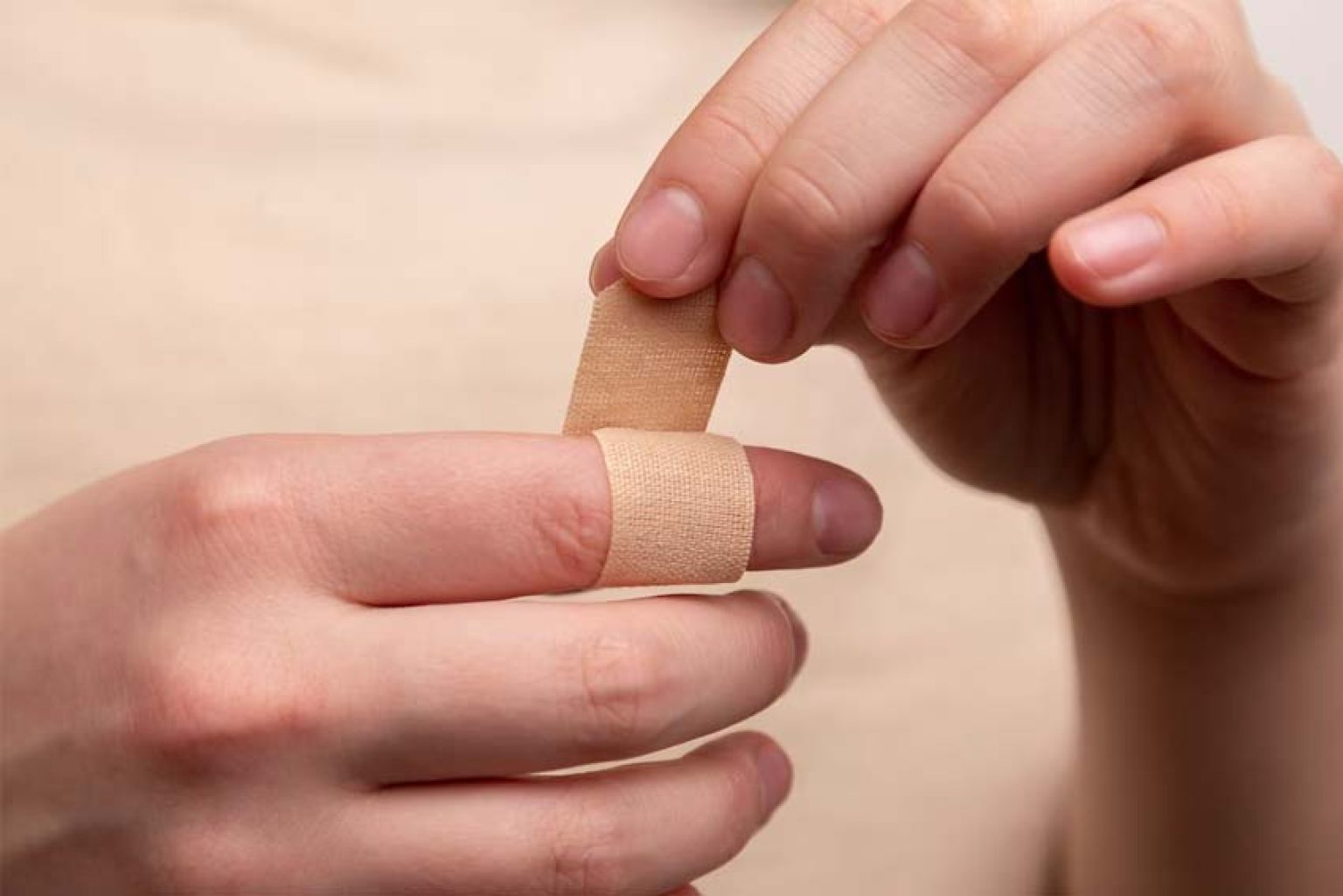

Articles
How To Safely Burn Candles
Modified: August 17, 2024
Discover the safest methods for burning candles with our expert articles. Learn how to enjoy the ambiance without compromising safety.
(Many of the links in this article redirect to a specific reviewed product. Your purchase of these products through affiliate links helps to generate commission for Storables.com, at no extra cost. Learn more)
Introduction
Welcome to the world of candles! Candles have long been used to create a soothing ambiance, add a touch of elegance to any space, and even help create a sense of calm and relaxation. However, it is important to prioritize safety when burning candles to prevent accidents and ensure a pleasant experience.
In this article, we will explore the importance of candle safety and provide you with essential tips and guidelines to safely burn candles in your home. Whether you are a candle enthusiast or a beginner, this information will equip you with the knowledge to enjoy the beauty and warmth of candles without compromising your safety.
By understanding the potential hazards that come with burning candles and following proper safety measures, you can create an environment where you can enjoy the flickering glow of a candle without worrying about accidents or damage to your home.
So let’s dive in and explore the world of candle safety, ensuring that every candle-burning experience is not only beautiful but also safe.
Key Takeaways:
- Prioritize safety when burning candles to prevent accidents and protect your home from fire hazards, burns, and harmful pollutants, ensuring a serene and secure ambiance.
- Select non-toxic candles, prepare a safe environment, follow safety measures, and handle emergencies effectively to enjoy the beauty of candles while prioritizing safety.
Read more: How To Properly Burn Candles
Understanding Candle Safety
Candle safety is of utmost importance when it comes to enjoying the atmospheric glow that candles provide. It not only protects you and your loved ones from potential accidents but also safeguards your property from fire hazards. Let’s delve into why candle safety should be a top priority.
First and foremost, candles can pose fire risks if not handled and burnt properly. The open flame in a candle can easily ignite nearby objects, such as curtains, fabrics, or flammable materials, leading to a potentially devastating fire. Taking precautions to prevent fires is crucial for the safety of your home and everyone in it.
Furthermore, candles produce heat, which means they can cause burns or scalds if touched or knocked over. This is especially important to consider if you have children or pets in your home. It only takes a split second for an accident to occur, so practicing candle safety is essential to prevent injuries.
In addition to fire and burn risks, candles can also release harmful chemicals and pollutants into the air when burned. Paraffin-based candles, for example, can release harmful substances like benzene and toluene, which have been linked to respiratory issues and other health problems. Ensuring that the candles you burn are made from non-toxic materials can help minimize indoor air pollution and protect your indoor air quality.
Moreover, neglecting candle safety measures can result in property damage and financial loss if a fire incident occurs. The aftermath of a candle-related fire can be devastating, leading to costly repairs and emotional distress. By implementing proper safety protocols, you can significantly reduce the risk of such incidents happening.
It is essential to be aware of the common hazards associated with burning candles to mitigate risks effectively. Some of the common hazards include:
- Unattended candles: Leaving candles burning without supervision is extremely dangerous and can lead to accidents.
- Unsafe placement: Placing candles too close to flammable objects, such as curtains, books, or furniture, can increase the risk of fire.
- Neglecting maintenance: Failing to trim the wick or remove excess debris from the candle can lead to uneven burning and potential fire hazards.
- Choosing low-quality candles: Opting for cheap or poorly-made candles can increase the risk of accidents as they may contain flammable or toxic substances.
By understanding the importance of candle safety and being aware of the potential hazards, you can take the necessary steps to prevent accidents and enjoy the comforting glow of candles with peace of mind.
Selecting Safe Candles
When it comes to candle safety, selecting the right candles is a crucial step. By choosing candles made from non-toxic materials and ensuring they are properly labeled and certified, you can minimize health risks and ensure a safer burning experience. Let’s explore these important considerations in more detail.
One of the key factors in selecting safe candles is to opt for those made from non-toxic materials. Many candles on the market are made from paraffin wax, which is derived from petroleum and can release harmful chemicals when burned. Instead, look for candles made from natural materials like soy wax, beeswax, or vegetable-based waxes, as these are less likely to produce toxic fumes and pollutants during burning.
In addition to the type of wax, consider the fragrance used in scented candles. Some candles contain artificial fragrances or synthetic additives that can release volatile organic compounds (VOCs) into the air when burned. These VOCs can contribute to indoor air pollution and may trigger respiratory issues or allergies. Opting for candles that use natural, essential oils for fragrance can help minimize the risk of exposure to harmful chemicals.
Another critical aspect is to check for proper labeling and certification on the candles you purchase. Reputable candle manufacturers will often indicate if their candles have undergone safety testing or if they meet specific standards, such as ASTM (American Society for Testing and Materials) or CPSC (Consumer Product Safety Commission) guidelines. This information provides reassurance that the candles have undergone testing to meet safety standards.
Look for candles that are labeled as “lead-free” or “lead-free wick.” In the past, some candle wicks contained lead, which can release toxic fumes when burned. Lead-free wicks ensure that you are not exposed to harmful lead emissions while enjoying your candles.
Additionally, certifications like the USDA Organic or the Fair Trade Certified labels can indicate that the candle ingredients meet certain standards of quality and sustainability. These certifications provide further assurance that the candles you choose are safe for both you and the environment.
Remember to read product descriptions, labels, and reviews when purchasing candles online or in-store. Doing some research before making a purchase can help you identify reputable candle brands that prioritize safety and quality.
By choosing candles made from non-toxic materials and checking for proper labeling and certification, you can enjoy the cozy and serene atmosphere that candles provide while minimizing potential health risks and ensuring a safer and healthier environment in your home.
Preparing for Candle Burning
Before lighting a candle, it is essential to take the necessary steps to create a safe environment and properly set up the candle holder. By following these precautions, you can minimize the risk of accidents and ensure a smooth and enjoyable candle-burning experience.
One of the first steps in preparing for candle burning is to create a safe environment. Clear the area around the candle of any flammable objects, such as papers, fabrics, or curtains. Make sure there is plenty of space around the candle, allowing it to burn freely without the risk of igniting nearby items. Choosing an appropriate location for your candle, where it is visible and away from drafts, is also crucial.
Next, ensure that the candle holder or container is stable and secure. The candle holder should be heat-resistant and able to withstand the heat generated by the candle flame. Avoid using flammable materials like plastic or wood as candle holders. Instead, opt for holders made of glass, ceramic, or metal. The candle should fit snugly within the holder, preventing it from tipping over or falling out during burning.
When placing the candle in its holder, make sure it is centered properly. This helps ensure an even burn and minimizes the risk of the flame coming into contact with the holder or nearby objects. A secure and upright position of the candle within the holder prevents dripping wax from spilling onto flammable surfaces.
If using candle lanterns or decorative candle holders with intricate designs, ensure that the design does not obstruct the flame. The flame should have sufficient airflow for proper burning and ventilation.
Always place candles on a heat-resistant surface. Avoid placing candles directly on delicate or flammable surfaces like wooden furniture or plastic countertops. Instead, use a heat-resistant coaster or candle plate to protect the surface from heat damage.
Moreover, consider using candle accessories such as candle trays or candle shades. Candle trays can catch any stray wax or prevent the wax from dripping onto surfaces. Candle shades, on the other hand, can create a barrier around the flame, reducing the risk of accidental contact with flammable objects.
By creating a safe environment for burning candles and setting up the candle holder correctly, you can minimize fire risks and ensure a worry-free candle-burning experience. Take the time to prepare and set the stage for a beautiful and safe ambiance in your home.
Always trim the wick to 1/4 inch before lighting a candle to prevent excessive smoke and soot. This also helps the candle to burn more evenly and safely.
Safety Measures while Burning Candles
When it comes to burning candles, it’s crucial to follow safety measures to prevent accidents and ensure a secure environment. By implementing these safety precautions, you can enjoy the warm glow of candles while minimizing the risk of fire hazards. Let’s dive into some essential safety measures you should take while burning candles.
One of the fundamental safety measures is to keep candles away from flammable objects. Ensure there is a clear space of at least one foot (30 centimeters) around the candle. Keep candles away from curtains, bedding, papers, books, and any other flammable materials. This precaution minimizes the risk of accidental contact and reduces the chance of a fire igniting.
It’s also important to monitor a burning candle at all times. Never leave a candle unattended, especially if there are children or pets in the vicinity. Extinguish candles before leaving the room or going to sleep. Accidents can happen quickly, so remaining attentive to the candle’s flame is crucial to prevent any potential mishaps.
Using candle accessories can enhance safety while burning candles. Consider using candle holders with built-in barriers or hurricane shades to protect the flame from drafts or accidental contact. These accessories can help prevent the flame from spreading or causing nearby objects to catch fire.
Another important accessory is a candle snuffer. A candle snuffer allows you to extinguish the flame without blowing it out, minimizing the risk of hot wax splattering or sparks flying. It’s a safer and more controlled method of extinguishing a candle compared to blowing on the flame.
Trimming the candle’s wick to a quarter-inch (0.6 centimeters) before burning is another safety measure to consider. A long or untrimmed wick can create a larger flame, increasing the risk of a candle fire. Trimming the wick helps maintain a safer and more controlled burn.
Remember to extinguish a candle before it burns too low. Burning a candle all the way to the bottom can cause the container to overheat, potentially leading to cracking or a fire risk. As a general rule of thumb, extinguish a candle when it has about a half-inch (1.3 centimeters) of wax remaining.
Lastly, always keep a fire extinguisher or a fire-retardant blanket within reach in case of emergencies. Knowing how to use a fire extinguisher and having it readily available can provide added peace of mind while enjoying your candles.
By following these safety measures and using appropriate candle accessories, you can minimize the risk of accidents and ensure a safer environment while burning candles. Combining the beauty of candlelight with responsible safety practices allows you to enjoy the ambiance without compromising your well-being.
Read more: What Candles Burn The Longest
Extinguishing Candles Safely
Knowing how to properly extinguish a candle is essential for maintaining a safe candle-burning experience. By following the right techniques and taking care when handling hot wax and leftover debris, you can minimize the risk of accidents and ensure a clean and secure environment. Let’s explore some important tips for safely extinguishing candles.
When it comes to extinguishing a candle, avoid blowing it out. Extinguishing a candle by blowing on the flame can cause hot wax to splatter or sparks to fly, increasing the risk of burns or fire. Instead, use a candle snuffer or a candle extinguishing tool. Gently place the snuffer or tool over the flame, suffocating it and preventing any hot wax or sparks from escaping.
Ensure that the snuffer or extinguishing tool is flush against the surface of the wax pool to extinguish the flame effectively. Hold it in place for a few seconds to ensure the flame is completely smothered.
Be cautious when handling the candle snuffer or extinguishing tool after use, as it may be hot. Use a cloth or oven mitts to protect your hands from any residual heat. Avoid touching or moving the candle immediately after extinguishing to prevent accidental contact with hot wax or heat.
After the flame is extinguished, allow the candle to cool and the wax to harden before moving or relighting it. Hot wax can cause burns if it comes into contact with skin or surfaces. By giving the wax sufficient time to cool down, you can safely handle and clean up any leftover debris.
Before disposing of the candle debris, ensure that the wax has completely solidified. For larger wax pools, it may take a few hours for the wax to cool down and harden. Once hardened, carefully remove any leftover wick or loose debris from the candle holder. Dispose of the debris in a safe manner, such as in a designated wax disposal container or in the garbage.
Avoid pouring hot liquid wax down the drain, as it can solidify and clog the pipes. If necessary, use a paper towel or a spoon to scrape off any excess wax from the holder, taking care not to scratch or damage the surface. For stubborn residue, you can use warm, soapy water to clean the holder, ensuring it is thoroughly dry before using it again.
By following these techniques for extinguishing candles and handling hot wax and leftover debris, you can prevent accidents, protect yourself from burns, and maintain a clean and safe environment while enjoying the ambiance of candlelight.
Dealing with Candle Emergencies
While we strive to burn candles safely, accidents can still happen. Being prepared and knowing how to handle candle-related emergencies is essential for your safety and the well-being of those around you. In this section, we will discuss some important tips for handling candle accidents and the steps to take in case of a candle fire.
If a candle-related accident occurs, quick and appropriate action is vital. Here are some general tips to keep in mind:
- Stay calm: It’s important to remain composed and think clearly during an emergency situation.
- Assess the situation: Determine the severity of the accident and whether immediate action is necessary.
- Remove flammable objects: If a nearby object has caught fire due to a candle accident, remove it from the vicinity or extinguish the flames, if possible.
- Protect yourself: Prioritize your safety and the safety of others. If the situation seems unmanageable, evacuate the area and call emergency services for assistance.
In the event of a candle fire, it is crucial to follow these steps:
- Alert others: Immediately notify everyone in the area about the fire and ensure they evacuate to a safe location.
- Call emergency services: Dial the emergency number in your country (such as 911 in the United States) to report the fire. Provide clear and concise information about the situation and address.
- Isolate the fire: If the fire is small and contained, attempt to isolate it by closing doors or using a fire blanket to smother the flames.
- Do not use water: Avoid using water to extinguish a wax or grease fire, as it can spread the flames or cause hot wax to splatter. Water should only be used for other types of fires.
- Use a fire extinguisher: If you have access to a fire extinguisher and are trained in its use, aim it at the base of the flame and sweep side to side to smother the fire. Always follow the instructions provided with the extinguisher.
- Evacuate safely: If the fire is spreading or becomes uncontrollable, prioritize your safety and evacuate the premises. Close doors behind you to slow the spread of the fire.
- Wait for professionals: Allow firefighters to handle the situation once they arrive. Provide them with any pertinent information and cooperate fully.
Remember, the safety of individuals is the top priority in any emergency situation. Personal well-being should always take precedence over attempting to extinguish the fire alone. Practice fire drills and ensure everyone in your household knows the evacuation plan and how to respond in case of a fire.
By being vigilant, staying calm, and knowing how to handle candle emergencies, you can effectively respond to unforeseen situations and protect yourself and your loved ones from harm.
Conclusion
Burning candles can enhance the ambiance of any space, adding warmth and tranquility to our surroundings. However, it is essential to prioritize safety when indulging in the soft glow of candlelight. By understanding candle safety, selecting the right candles, and taking necessary precautions, you can create a secure environment while enjoying the beauty of candles.
Throughout this article, we have explored various aspects of candle safety. We discussed the importance of candle safety, highlighting the common hazards associated with burning candles and the need to be proactive in preventing accidents. Selecting safe candles made from non-toxic materials and checking for proper labeling and certification ensures a healthier burning experience.
We also emphasized the importance of preparing for candle burning, including creating a safe environment and setting up the candle holder correctly. By keeping candles away from flammable objects, monitoring the candle at all times, and utilizing candle accessories, you can reduce the risk of accidents and minimize fire hazards.
Extinguishing candles safely is another crucial aspect of candle safety. Knowing the proper techniques for extinguishing candles and handling hot wax and leftover debris ensures a clean and secure environment. By taking care when handling candle emergencies, such as accidents or fire incidents, you can respond effectively and protect yourself and others.
Remember, fire safety is a shared responsibility. It is essential to educate everyone in your household, including children, about the importance of candle safety and fire prevention. Practice safe candle-burning habits, conduct regular fire drills, and have emergency plans in place.
In conclusion, candles can provide a peaceful and serene atmosphere, but it is crucial to prioritize safety at all times. By following the guidelines and safety measures outlined in this article, you can enjoy the beauty of candles while keeping yourself, your loved ones, and your home safe. Create a harmonious space filled with the gentle flickering glow of candles, knowing that you have taken the necessary precautions for a secure and delightful experience.
Frequently Asked Questions about How To Safely Burn Candles
Was this page helpful?
At Storables.com, we guarantee accurate and reliable information. Our content, validated by Expert Board Contributors, is crafted following stringent Editorial Policies. We're committed to providing you with well-researched, expert-backed insights for all your informational needs.
